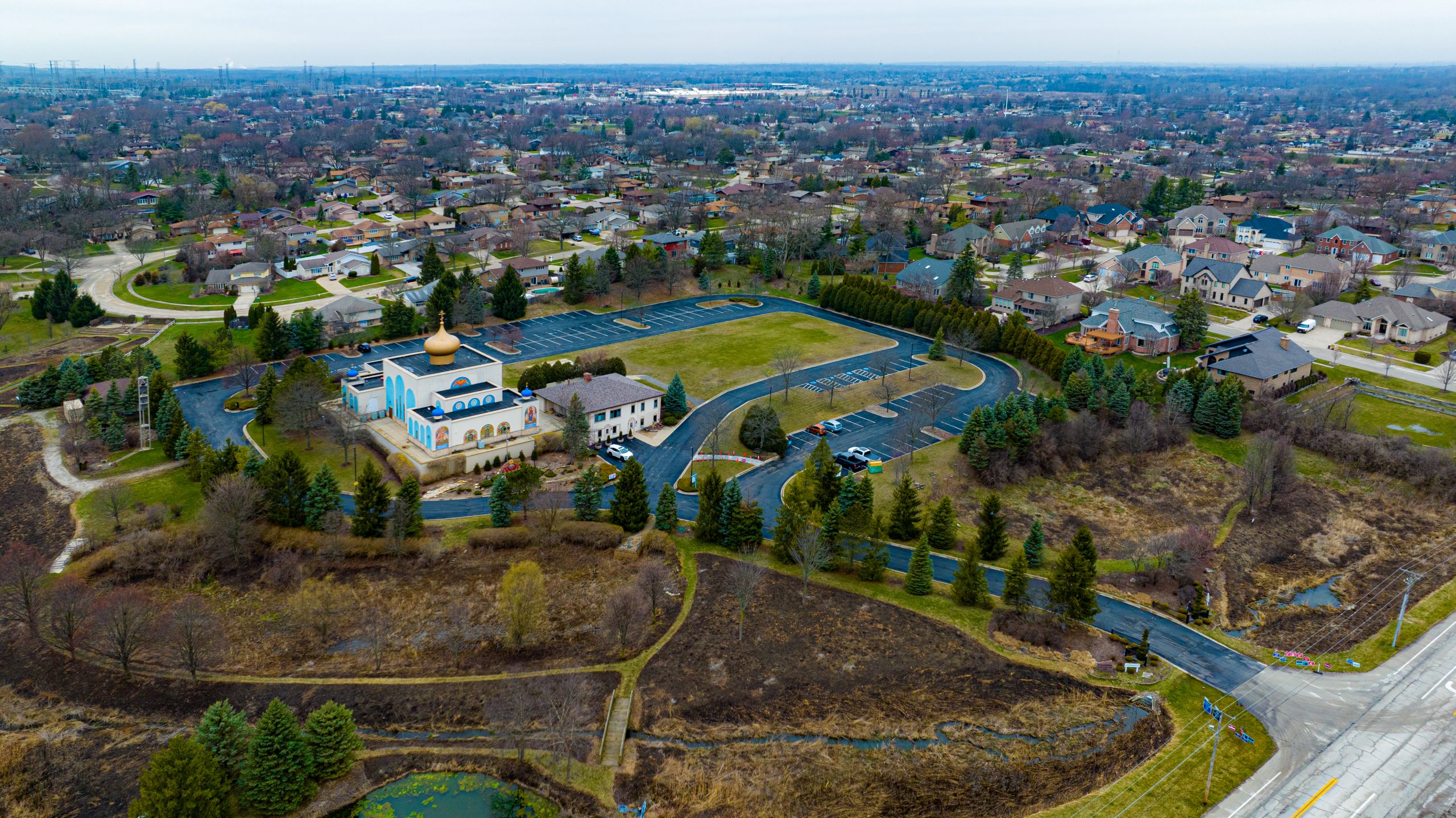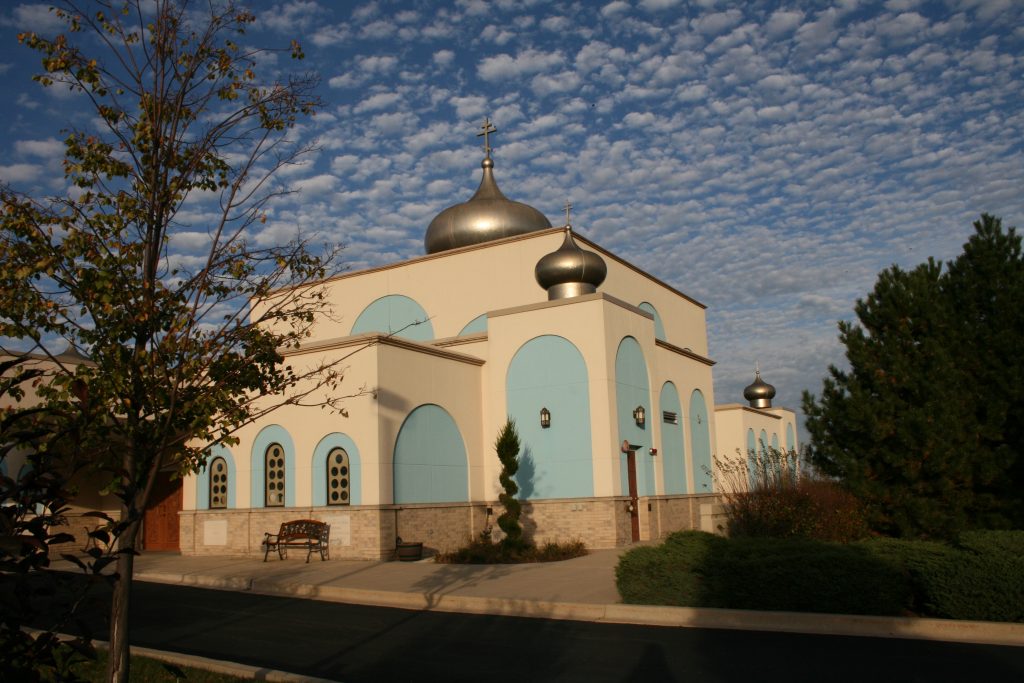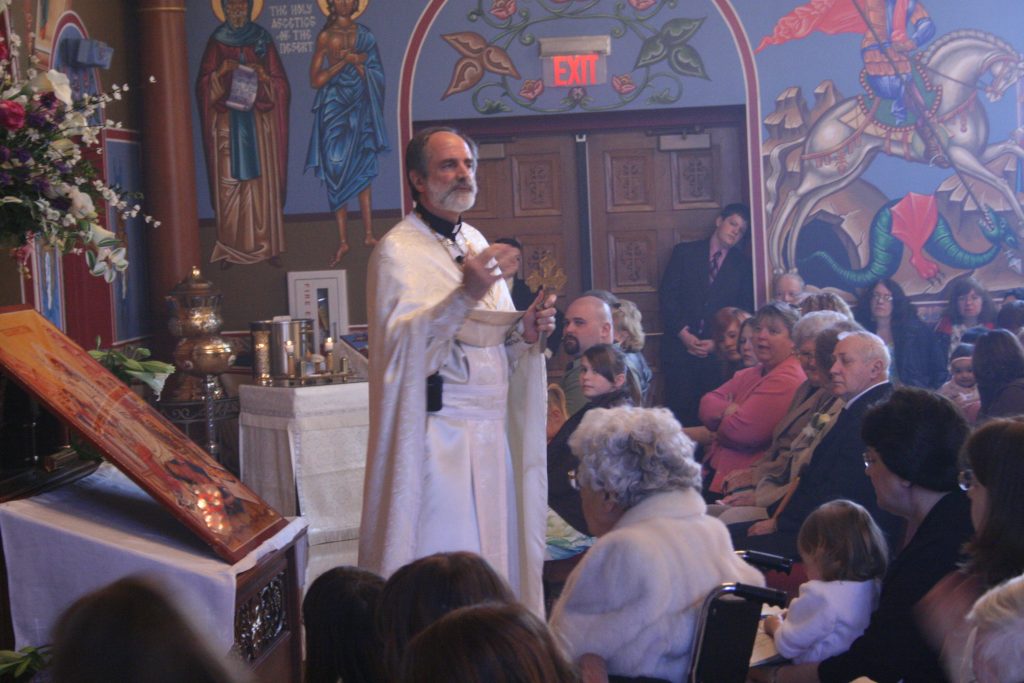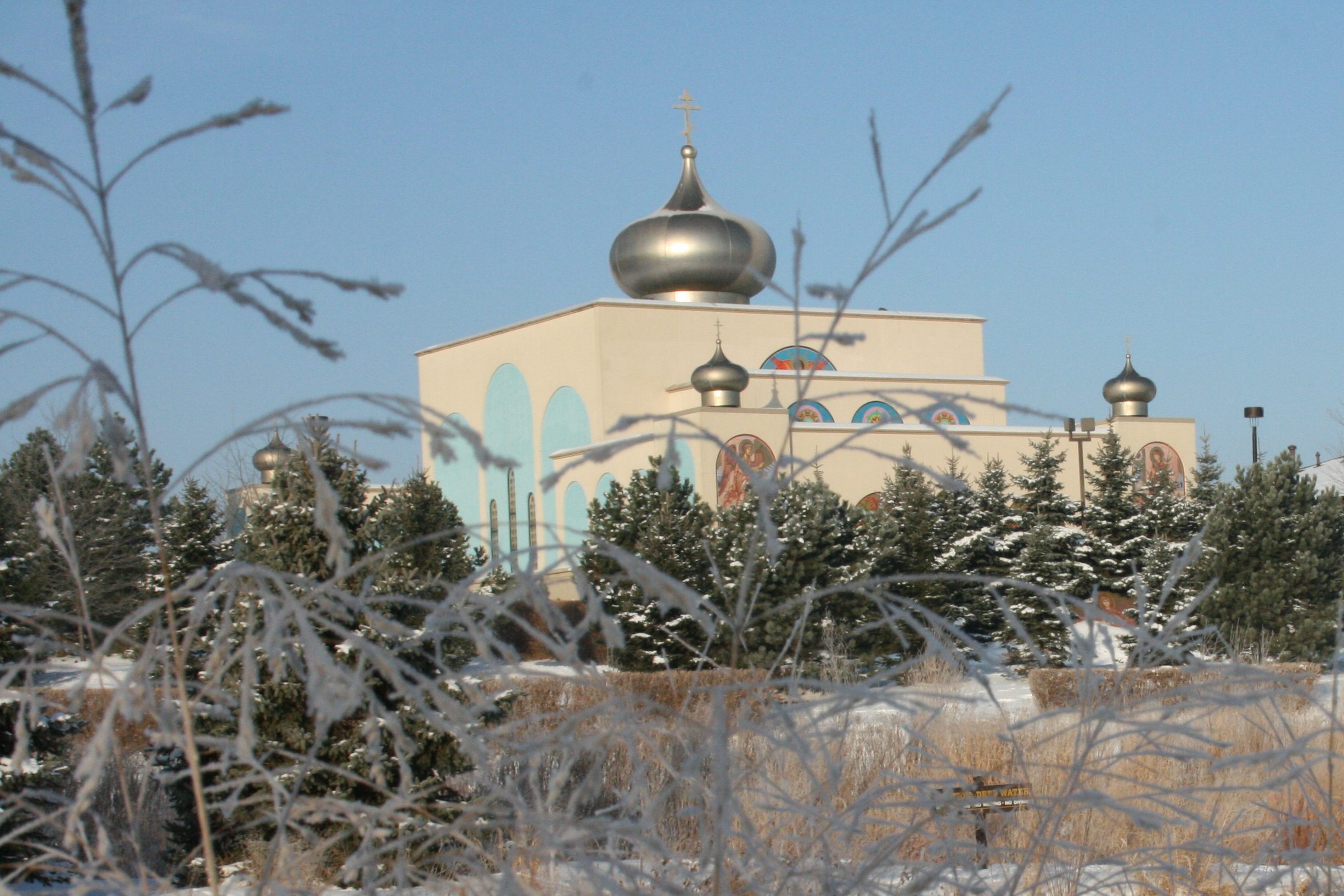
Our Community
We are a prayerful and dedicated community striving to bring our Parish closer to Christ.
About Our Parish
We are a vibrant parish community celebrating 25 years of sharing our bold and daring vision for a sacramental, liturgical worldview through evangelization. Our parish was formed by uniting two parishes— St. Mary’s Assumption in Joliet and St. Mary’s in Chicago and Oak Lawn— to create a new parish to announce the Gospel at the dawn of the new millennium.


Clergy
Fr. Thomas J Loya, STB, MA is currently the pastor of Annunciation of the Mother of God Byzantine Catholic Parish in Homer Glen, IL. He is also the host of “Light of the East Radio” heard on EWTN Radio affiliates, Ave Maria Radio, and The Guadalupe Radio Network. He is member of the Tabor Life Institute (www.taborlife.org) for the education and formation in the theology of the body and he is a conference speaker for TOBIA (Theology of the Body international Alliance, www.theologyofthebody.net.)
Timeline of Parish History
Annunciation Parish, formerly known as St. Mary Assumption in Joliet and St. Mary in Chicago and Oak Lawn, Illinois, traces its roots to early 20th-century Carpatho-Rusin and Ukrainian immigrants.
History
Legacy
In Chicago, St. Mary’s was founded in 1903, rebuilt after a fire, and expanded in 1926. Due to shifting demographics in the 1960s–70s, the parish established a mission in Oak Lawn in 1978 to serve dispersed members.
August 11, 1995
A New Property Purchased
The Eparchy of Parma finalized a contract to purchase 10 acres in Homer Township, Illinois, from Dr. Phillip DeGregorio. This critical step laid the physical foundation for the eventual formation of Annunciation Parish.
June 14, 1998
Groundbreaking for New Church
Parish leadership and faithful marked the ceremonial beginning of construction on the new church complex with a groundbreaking event. This symbolized a unified future for the combined parishes.
September 19, 1999
First Divine Liturgy Celebrated
The faithful gathered for the first official Divine Liturgy at the newly completed church building, bringing together members from the former Chicago, Joliet, and Oak Lawn communities.
June 20, 1999
Official Naming of Parish
The newly formed community was named Annunciation Byzantine Catholic Parish, remaining under the patronage of the Mother of God, and formally uniting the heritage of its predecessor parishes.
May 14, 2000
Church Consecrated
Bishop Basil Schott consecrated the Annunciation Church, solemnly dedicating the space to worship and blessing the efforts of all who contributed to the creation of the new parish.
May 2025
Celebrating 25 Years
As we celebrate 25 Years of Annunciation, we honor the memory of our past and look forward to proclaiming our sacramental liturgical worldview to this region of Illinois and beyond.


